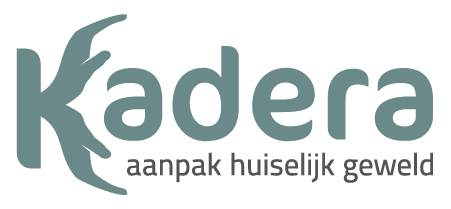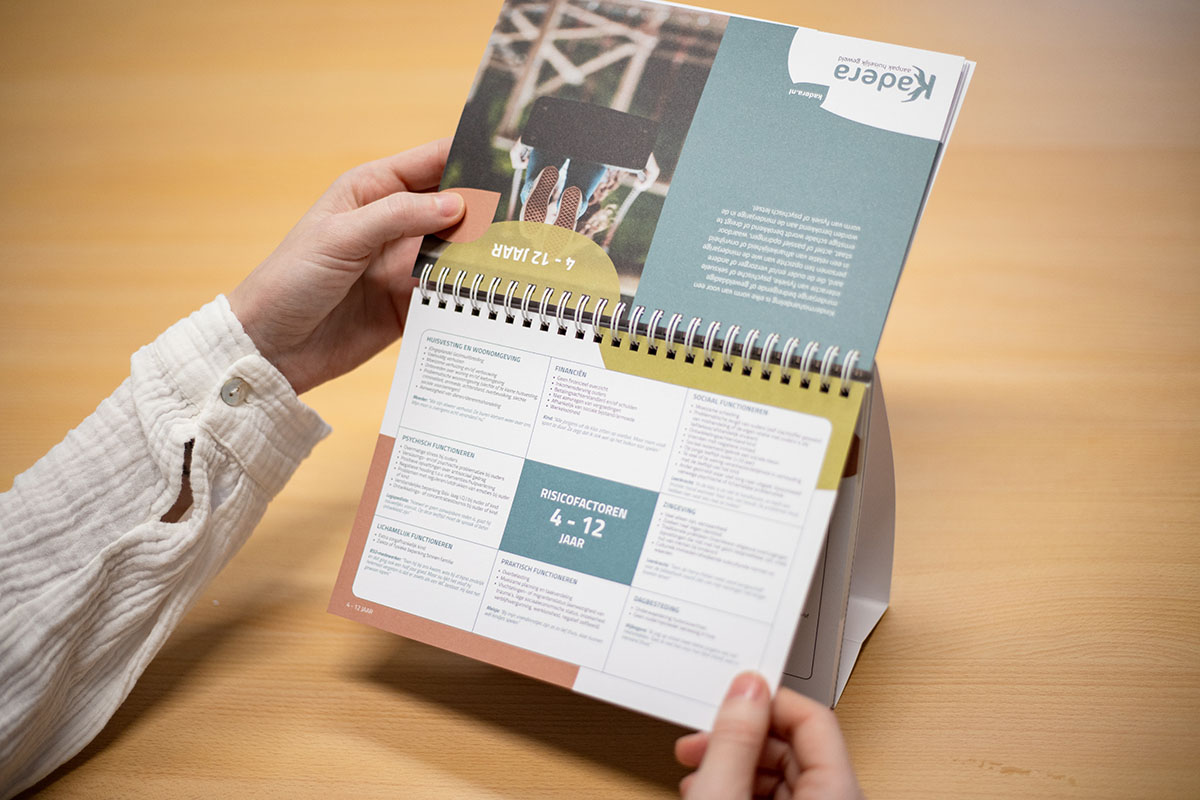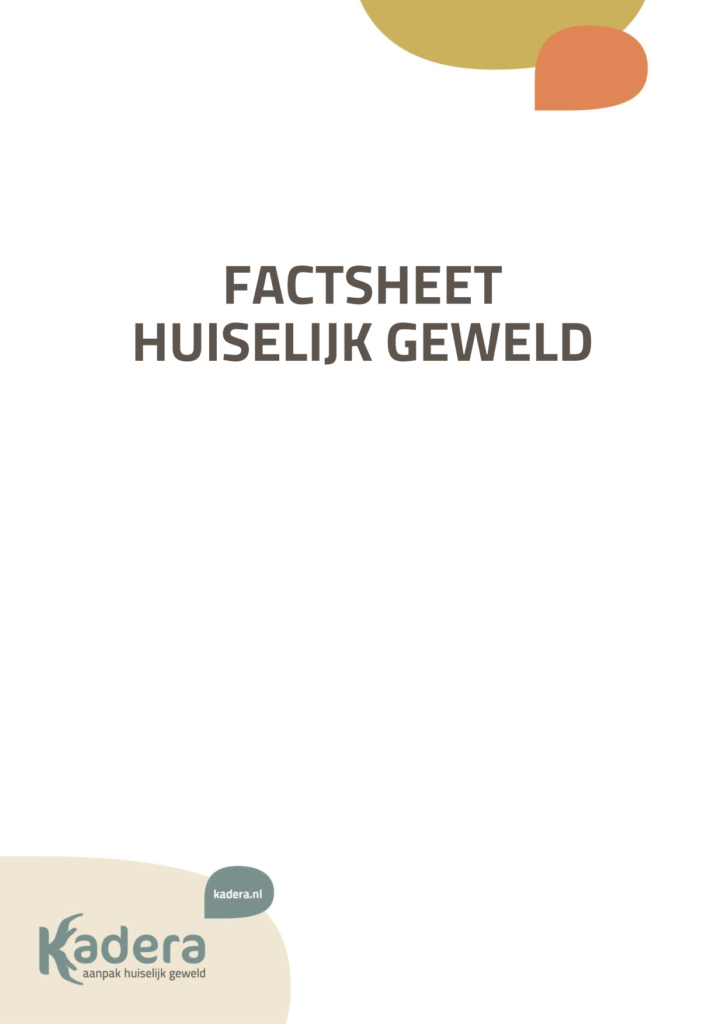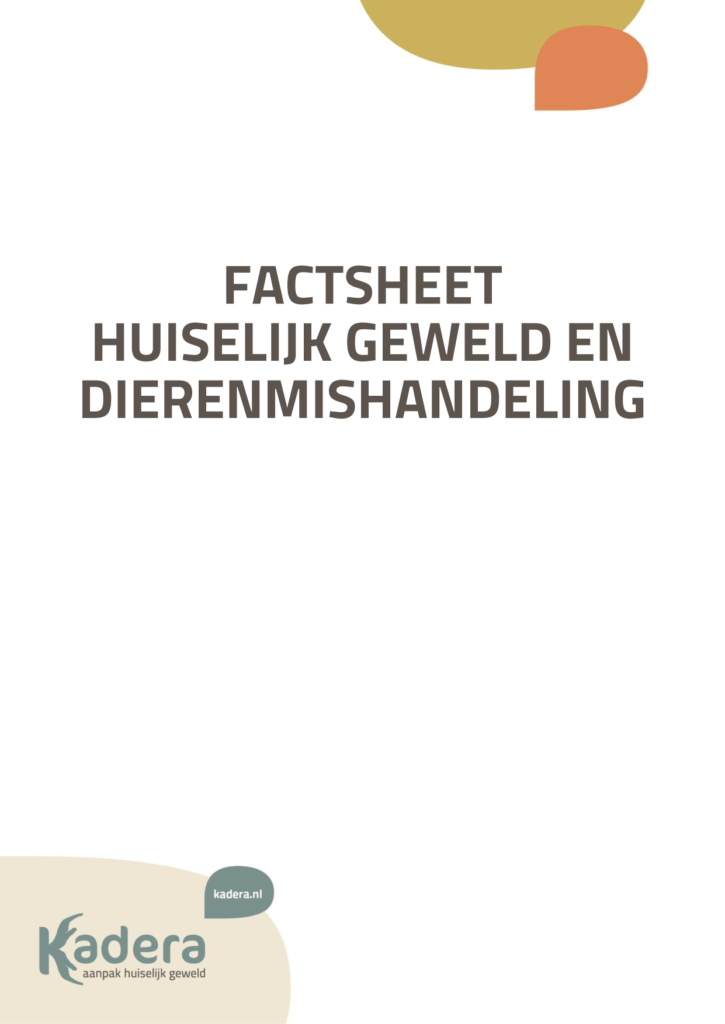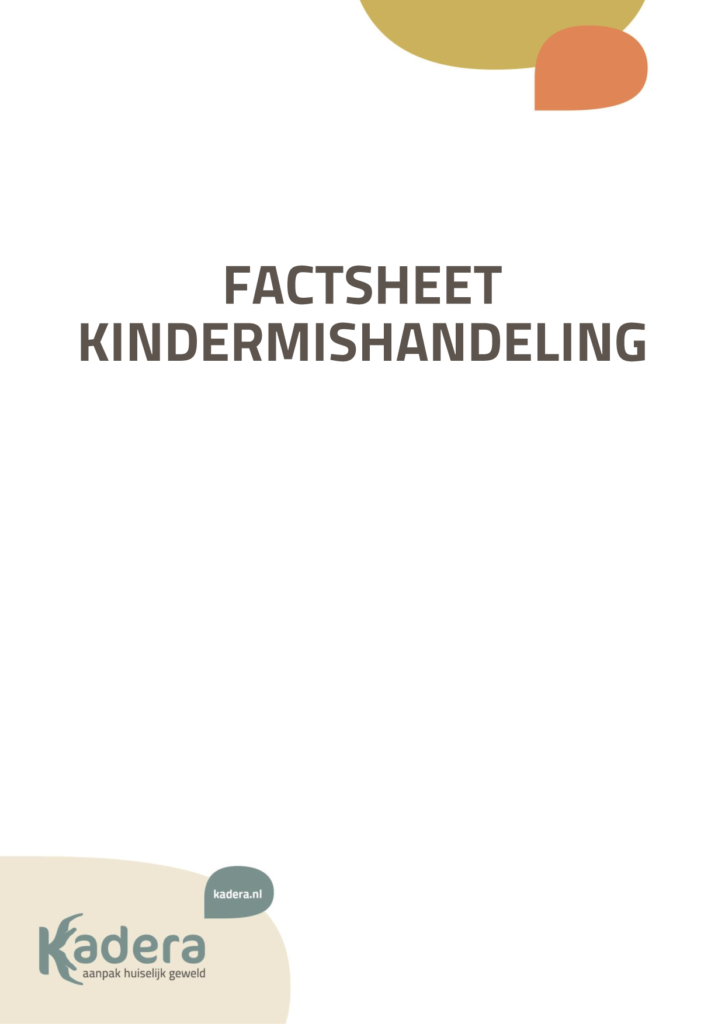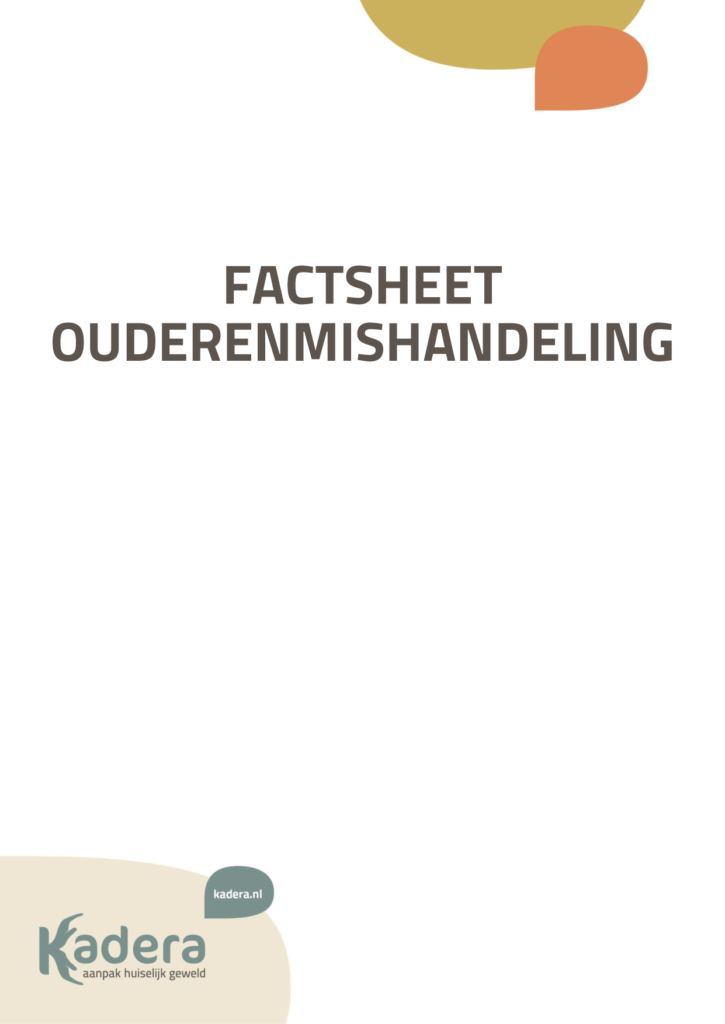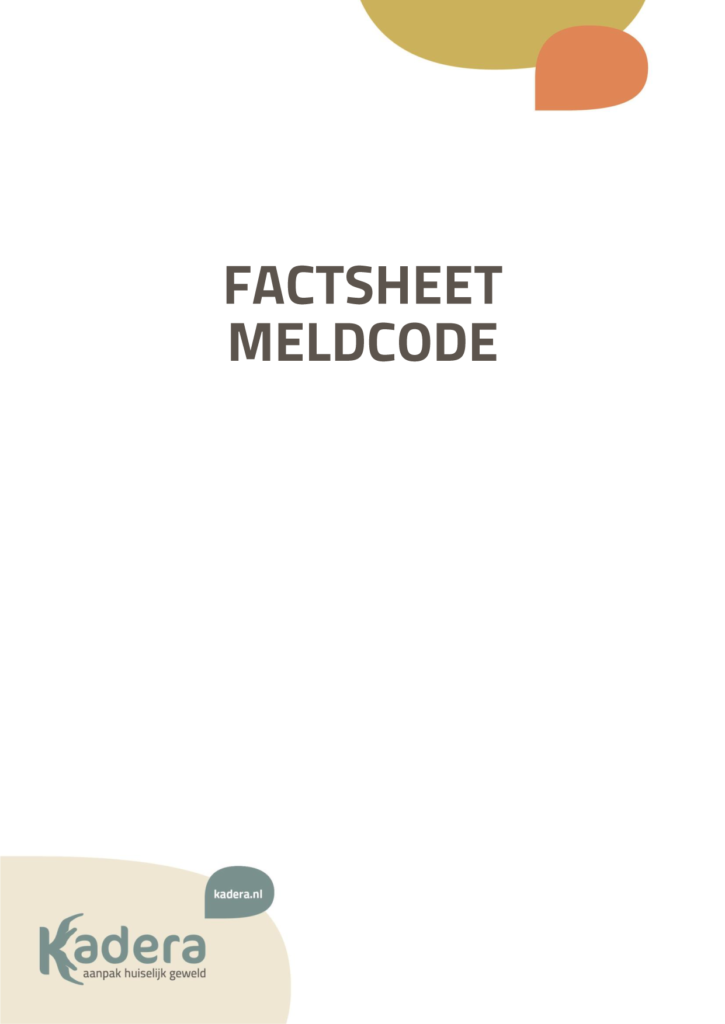In 2012, Kadera conducted scientific research into the link between animal abuse and domestic violence in collaboration with the University of Utrecht and the Dog Protection Association. This has shown, among other things, that 41% of victims postpone their flight to the shelter because of concerns about their pet. The pet is often left with the (ex) partner, who thus has a tool of power to exert pressure to blackmail or exert pressure on the victim or the children.
Kadera therefore works together with the Stay Van My Animal Foundation to offer victims’ pets a temporary shelter while their owner is in the shelter.
If there is room for a victim of domestic violence and he/she has a pet for which he/she cannot arrange a suitable place himself, the Stay van my Animal Foundation can accommodate the animal with a host family. When the situation is safe and the client moves to his or her own home, he or she is reunited with the pet.
Since the summer of 2019, we have also started a pilot to make it possible for a woman to bring her pet with her at the shelter in Enschede. This is also in collaboration with the ‘Stichting Blijf van mijn dier’, which uses their knowledge to guarantee the well-being of the pet during its stay.

